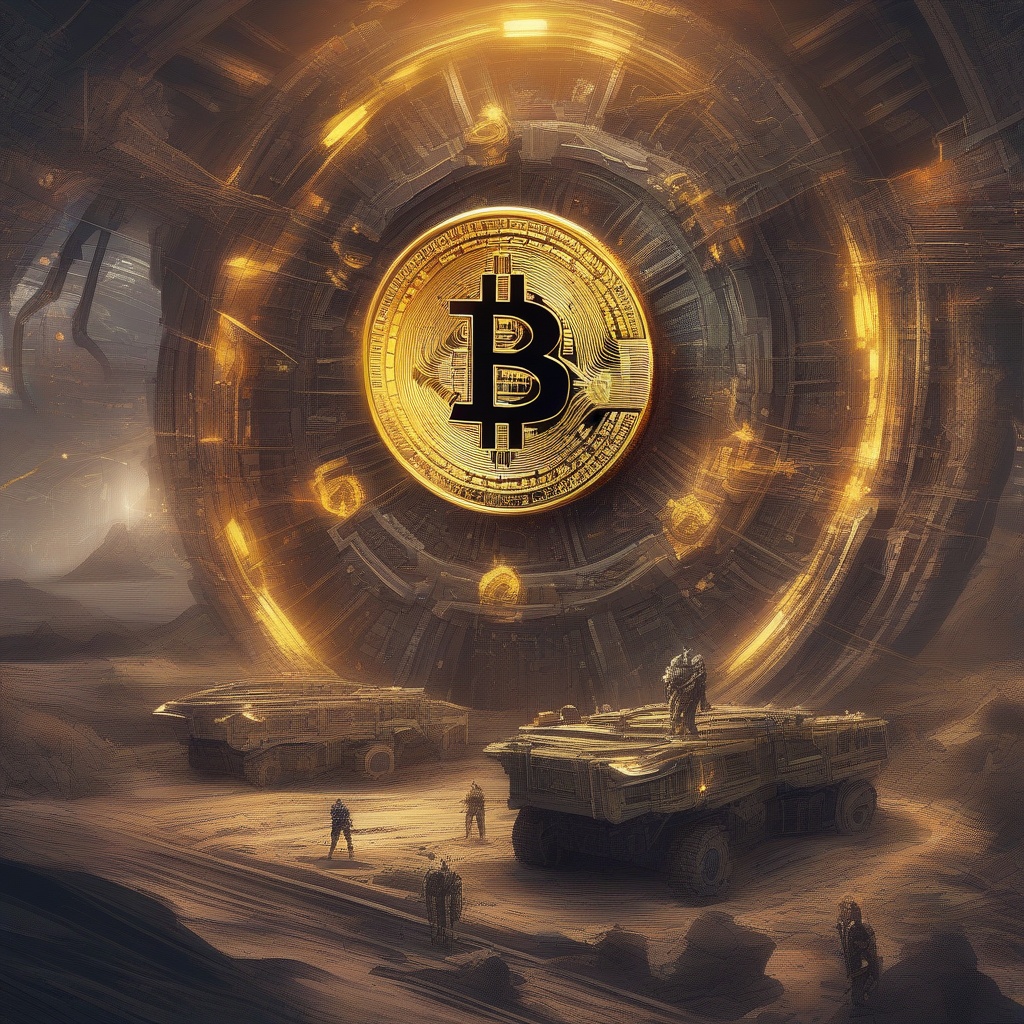What is the difference between lto7 and lto8?
Could you elaborate on the key differences between LTO7 and LTO8? I've heard these terms mentioned in the cryptocurrency and blockchain community, but I'm not entirely clear on their distinctions. Is it related to the type of transaction, the level of security, or something else entirely? I'm particularly interested in understanding how these two variants might affect users, developers, and the overall ecosystem. Could you provide a concise yet comprehensive overview of the key differences between LTO7 and LTO8?

What is the difference between aidoge and ArbDoge?
Could you elaborate on the key differences between Aidoge and ArbDoge? As investors in the cryptocurrency space, we're always looking for unique projects with potential. I'm curious to know if Aidoge is focused more on philanthropic or social impact initiatives, while ArbDoge is tailored for arbitrage trading or yield farming? Additionally, how do their tokenomics and utility differ? Are there any key features or partnerships that set these two projects apart? Understanding these nuances could help us make informed decisions about where to allocate our funds.

What is the difference between LTO 9 and LTO 10?
Could you elaborate on the distinct features and differences between LTO 9 and LTO 10? As a cryptocurrency enthusiast, I'm curious to understand the technical advancements, if any, that set these two apart. I'm also interested in knowing if there are any significant changes in terms of scalability, transaction speeds, security enhancements, or perhaps even new features that might make one more attractive than the other. Additionally, I'd like to understand if there's a migration process involved for users of LTO 9 to upgrade to LTO 10, and if so, what are the key steps and considerations?

What is the difference between LooksRare and OpenSea?
Could you elaborate on the key distinctions between LooksRare and OpenSea in the realm of cryptocurrency and NFT marketplaces? Specifically, I'm interested in understanding the variations in their user interfaces, the type of assets they offer, their security measures, and perhaps any notable features that set them apart from each other. Furthermore, are there any significant differences in their pricing strategies, transaction fees, or the overall user experience they provide? Your insights would be invaluable in helping me make an informed decision regarding which platform to utilize for my NFT transactions.

What's the difference between Ergo 360 and Ergo Omni 360?
As a cryptocurrency enthusiast and financial practitioner, I'm often curious about the nuances and distinctions between various products and technologies. Could you elaborate on the key differences between Ergo 360 and Ergo Omni 360? Are there significant differences in their functionalities, performance, or use cases? Additionally, how do they compare in terms of scalability, security, and ease of integration? Understanding these aspects would help me make an informed decision regarding which solution best suits my needs.

